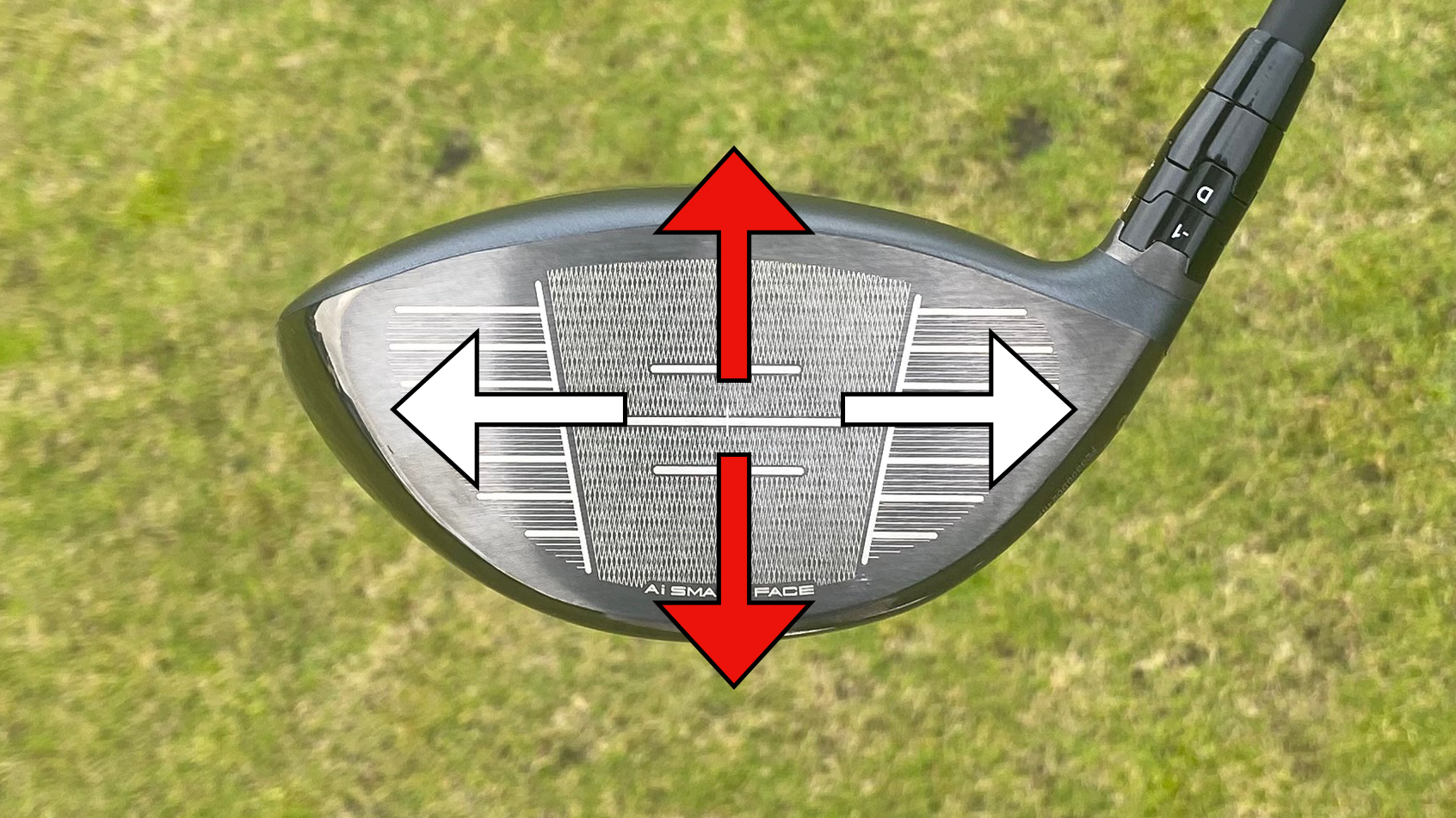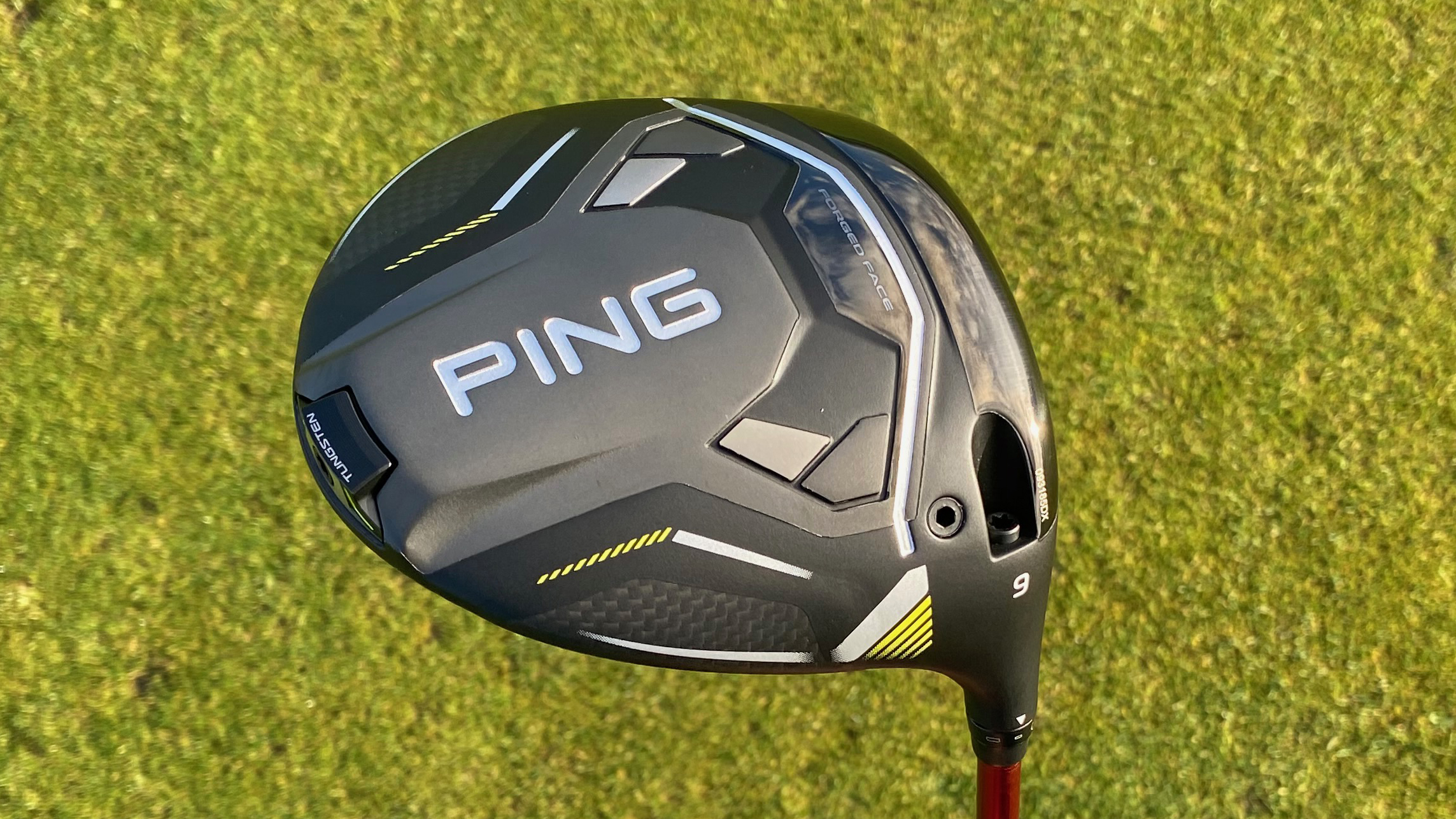
A phrase often used by equipment manufacturers, we explain what CG actually means here.
What Does CG Mean In Golf?
Along with MOI (moment of inertia), COR (coefficient of restitution), and CT (characteristic time), CG has become a common acronym used in the world of golf club design in recent times. But what exactly does it mean and how does it affect shots? Let's take a look...
What does it mean?
CG stands for centre of gravity and in golf it is used in terms of equipment. When equipment manufacturers use the term you often hear phrases like, 'the centre of gravity is low, the centre of gravity is as far back as possible, or the centre of gravity is high.'
When saying this, they are describing the CG location in terms of its placement within the club-head which is measured and calculated by balancing the club-head in a variety of ways (face, sole or pretty much anywhere). The CG within the club head is the intersection of all these measured balance points.
Each club-head has a vertical CG location (how high up in the head the CG is from the sole), a horizontal location (how far away from the shaft) and finally how far back from the club-face it is too.
How does this affect golf shots?
The lower the CG is, generally speaking, the higher the launch angle of the shot, and conversely, a higher CG location will generally produce a lower launch angle. Notice however that we said launch angle and not trajectory. That is because launch is only one factor that CG will influence, another is spin. A good general rule of thumb to follow is that a ball will momentarily work itself back toward the CG at impact, thus having an influence on spin. For example, a CG that is very low on the vertical axis may well produce a shot that launches high, but this shot will likely have less backspin due to the ball working its way down the face momentarily at impact. Similarly, while a higher CG may launch the ball lower, it is likely to produce more backspin for the same reason.

The same principle applies to the horizontal axis. A ball struck on either side of the CG will likely start further away from the target in terms of left or right, but the ball working back towards the CG will provide some corrective action in terms of the spin axis and as such curvature. This is referred to as gear effect.
Many manufacturers will utilize the CG location to provide a certain ball flight characteristic. Take for example a driver marketed as 'draw bias'. In this instance, manufacturers will typically opt for a CG location closer to the heel of the golf club in order to influence a more draw-orientated spin axis, and vice versa.
The depth (how close or far away from the face) of the CG has a huge influence on the stability and forgiveness of a clubhead, particularly in drivers. Drivers like the Ping G430 Max 10K and the TaylorMade Qi10 Max have very heavy fixed weights as far away from the face as possible in order to improve stability on mishits, thus making them more forgiving.

How can CG be moved around the head?
There are many ways to affect the CG location of clubheads of many types from putters all the way through to drivers. Many of the best drivers now feature adjustable weights housed within the head to help players dial in the CG location to match their flight requirements. Even if this is not possible, CG can still be altered with the addition of self-adhesive lead tape which was the go-to method prior to built-in adjustable weights. Another method - which is generally reserved for the tour trucks - is by using hot melt. Hot melt is a liquid glue, that can be inserted at very high temperatures inside any hollow head which dries solid and not only moves CG but also affects acoustics. Once squirted inside a head, the glue must be quickly positioned into the desired location as it dries very quickly. This is a procedure that must be undertaken with great care as it is next to impossible to reverse if it goes wrong.







